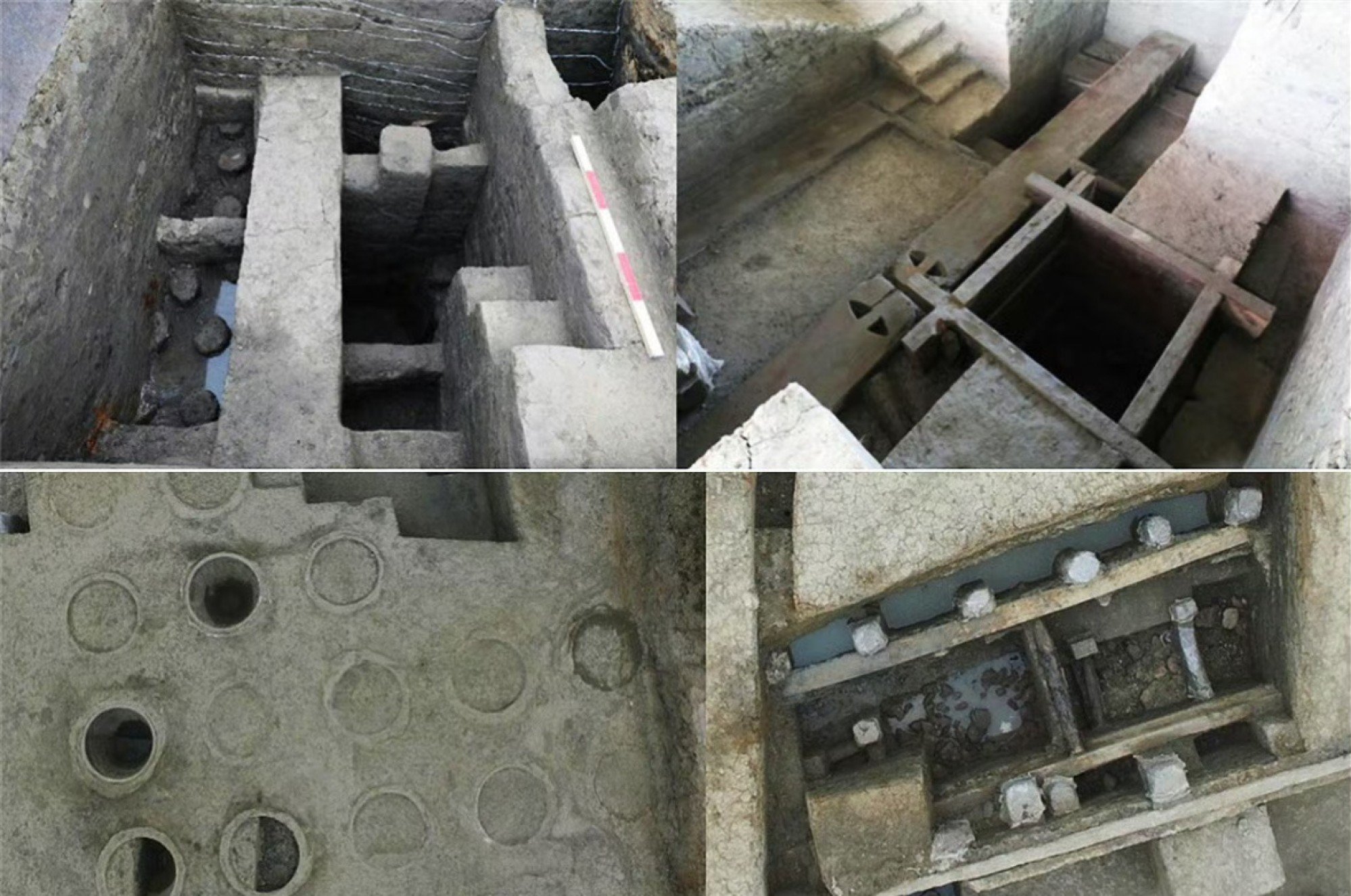Archaeologists in China reveal remarkable architecture that allowed Song dynasty pagoda to stand for over 1,000 years
In mid-May, a group of archaeologists who excavated the site in September last year detailed how they believed the tower had survived for so long.
The researchers were tipped off that the tower’s foundation may have been preserved when “archaeological elements” were discovered amid the wreckage of demolished houses in the nearby area.
When the archaeologists investigated the area, they found the ruins of the Dongta Temple area. Last year, they were able to piece together what local media referred to as “ a marvel of ancient engineering”.
The tower was initially built during the Sui dynasty (581-618), but the tower’s base had to be rebuilt during the Northern Song dynasty (960-1127), specifically during the reign of Emperor Shenzong (r. 1067-1085).
“Such a well-designed structure is a pivotal reason why the tower was able to stand for more than 1,000 years,” said Wang Meng, one of the archaeologists at the announcement symposium, in a report published by the Global Times.
The core reason the pagoda was so stable was that its base featured a triple-layered cypress wood frame.

The tower was rebuilt over its history, but the foundation was never changed, a particularly remarkable fact considering it was made using wood that stayed relatively healthy for a millennium.
Interestingly, the base featured 52 large ceramic jars that were filled with soil and incorporated into the foundation, a stabilisation technique that was fairly common at that time.
However, the archaeologists do not know what exactly the jars were stabilising.
A similar technique was deployed at Longping Temple in Shanghai, but to a smaller scale compared with the tower in Jiaxing.
The base was built at the bottom of a large pit that was braced with layers of wood, and then it was slowly built up using bricks and wood. The design was meant to ensure the tower did not collapse due to the relatively soft soil in the region.

Zheng Jiali, the archaeological director of the East Pagoda Temple site, told Xinhua: “We all know that there were many famous literati in the Song dynasty, but there were also many skilled craftsmen during that time.”
The archaeologists also excavated the nearby area and found ancient coins from the Northern Song era.
Beyond its physical beauty, the pagoda was a popular site because locals and tourists could climb to the top and enjoy a nice view of the surrounding area.
The Dongta Temple, which was built during the Liang dynasty (502-557), also no longer exists.
Jiaxing is a particularly photogenic city in eastern China, with entire neighbourhoods that harken back to a romanticised version of ancient China.